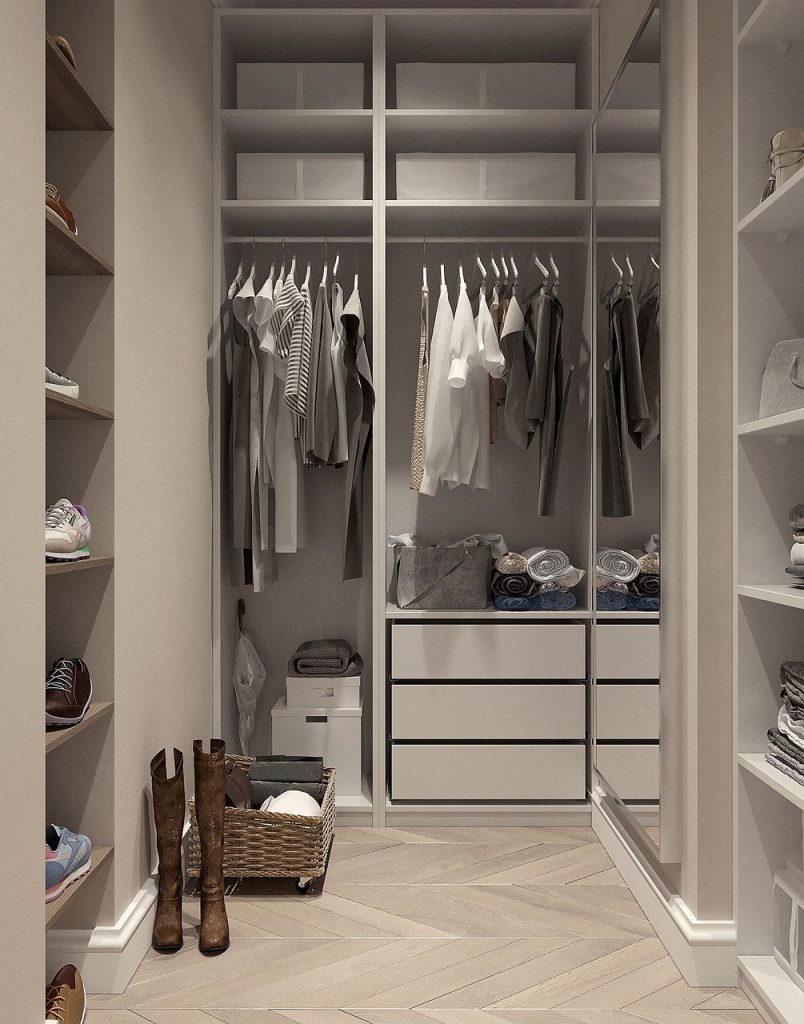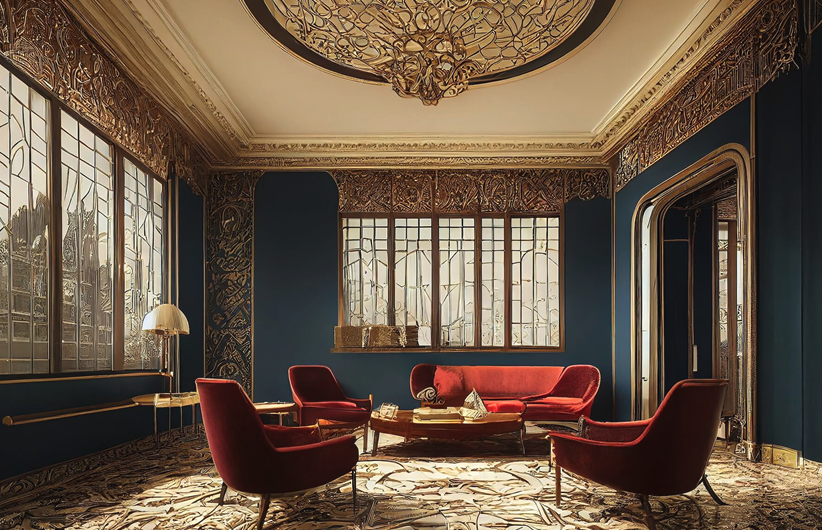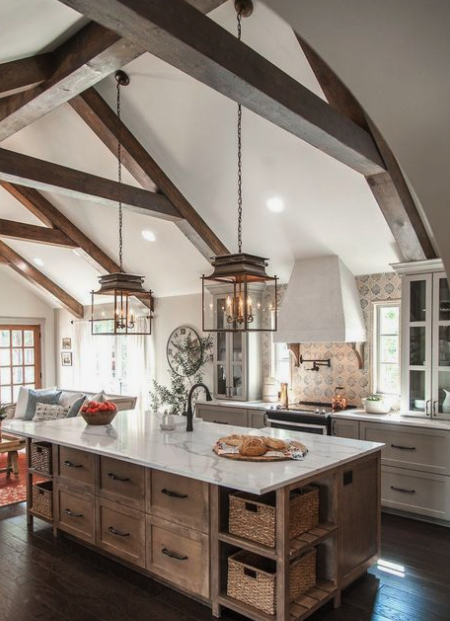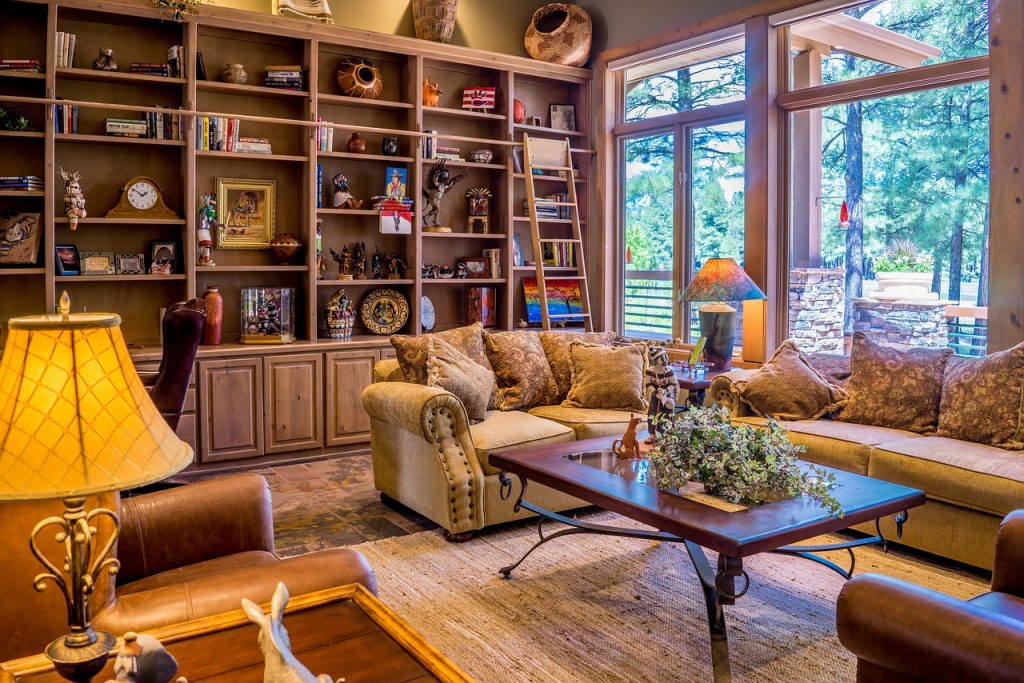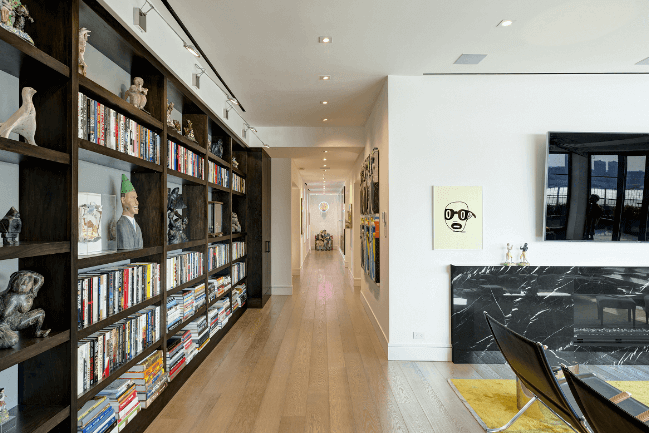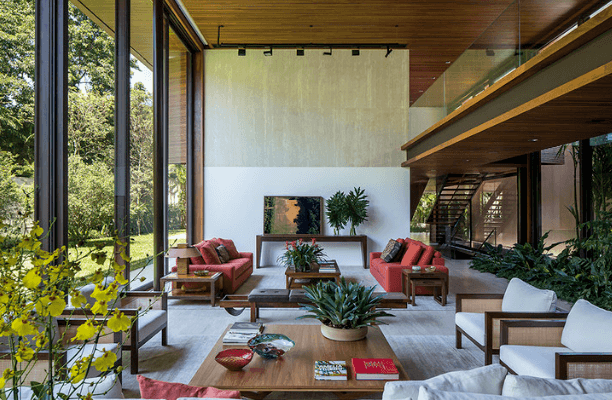Have you wondered if your closet is breaking the law? Ofcourse not, but code regulations for light fixtures in closets are pretty important to know!
Light fixtures are an essential component of any home or building, providing illumination and enhancing the ambiance of a space. However, the installation of light fixtures in certain areas, such as closets, requires strict adherence to code regulations to ensure the safety of the occupants and prevent fire hazards.
Failure to follow these regulations can have serious consequences, including property damage, injury, or even loss of life. Therefore, it is crucial to understand and comply with the code regulations for light fixtures in closets. The stakes are high, and the consequences of cutting corners can be dire.
So, let’s delve into the world of closet lighting regulations, and ensure that your installation is not only beautiful but also safe and compliant.
Why do closets need code regulations for lighting?
There are code regulations in place for closet lighting to ensure that the lighting installation is safe and efficient.
Closets can be small and enclosed spaces, and the type of lighting used and the location of the lighting fixture can greatly affect the safety of the space.
Fire Hazard
For example, using an incandescent light bulb in a closet can generate a lot of heat, which could potentially ignite any nearby flammable materials. This is why many building codes require that closets be equipped with cool-running lighting sources.
Building codes
In addition, building codes may dictate the type and location of the lighting fixture in the closet. For example, some codes may require that the light fixture be located in a specific location to ensure that it adequately illuminates the entire closet space.
Overall, these code regulations are in place to ensure that the lighting in closets is safe and efficient, and to minimize the risk of fire or other hazards.
Code regulations
There are several code regulations that govern the installation of light fixtures in closets. These regulations are in place to ensure safety and prevent fire hazards. The specific regulations may vary depending on the location and jurisdiction.
Here are some general guidelines to follow:
Type of Fixture:
Closets only allow certain types of light fixtures. You should use a surface-mounted fixture with a completely enclosed lamp in your closet.
We prohibit recessed lighting from this list because it poses a great safety issue.
Clearance:
There are minimum clearance requirements between the light fixture and any combustible material in the closet. These requirements may vary depending on the type of fixture and the wattage of the bulb.
The building codes generally require a minimum clearance of 12 inches between the fixture and any closet shelf or storage area.
Switch Location:
The light switch should be located outside the closet or in a location that is easily accessible when entering the closet.
Wiring:
The wiring for the light fixture must be installed in accordance with local building codes and regulations. In general, wiring must be properly grounded and installed in a manner that is safe and free from any potential hazards.
It’s always a good idea to consult with a licensed electrician or building inspector to ensure that your closet lighting installation meets all local code regulations.
Bottomline
It’s important to understand the code regulations for light fixtures in closets to ensure the safety of your home or building. These regulations may vary depending on the location and jurisdiction, but generally involve the type of fixture, clearance requirements, switch location, and wiring.
It’s always a good idea to consult with a licensed electrician or building inspector to ensure that your installation is compliant with local building codes and regulations.
Remember, taking shortcuts or ignoring these regulations can have serious consequences, so it’s better to be safe than sorry.
By following the code regulations for closet lighting, you can ensure that your space is both beautiful and safe.

